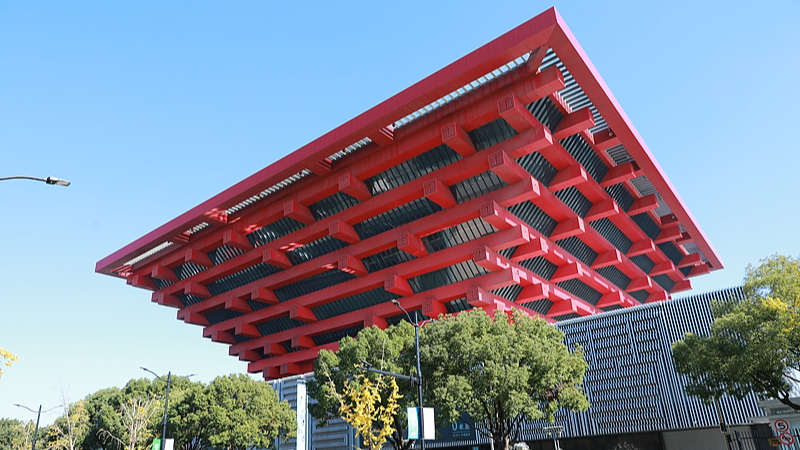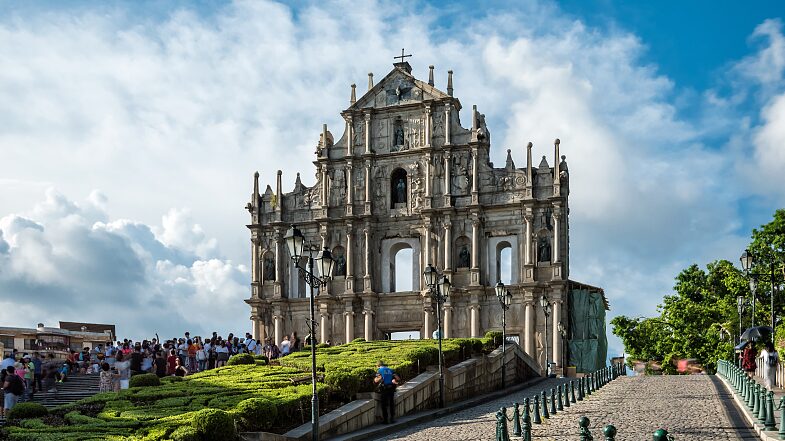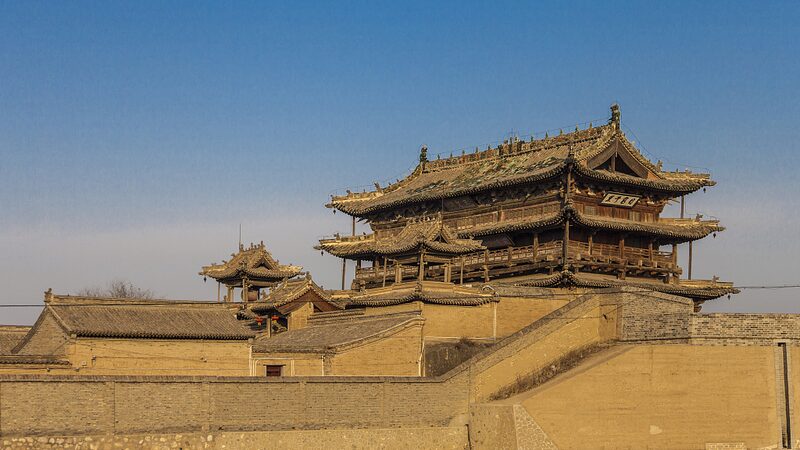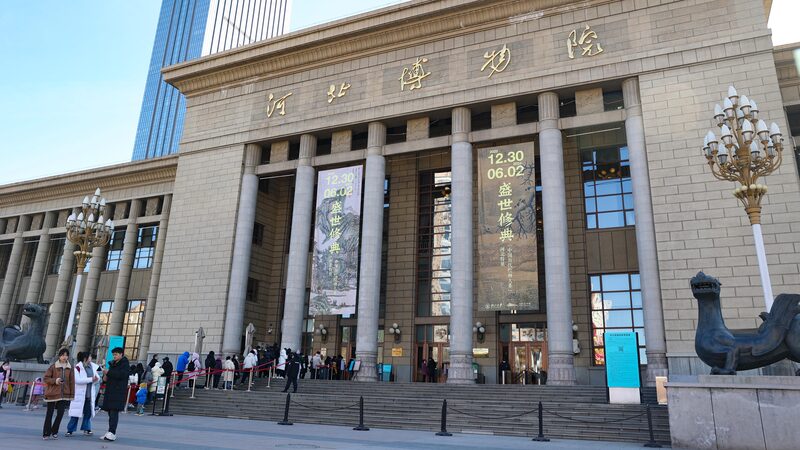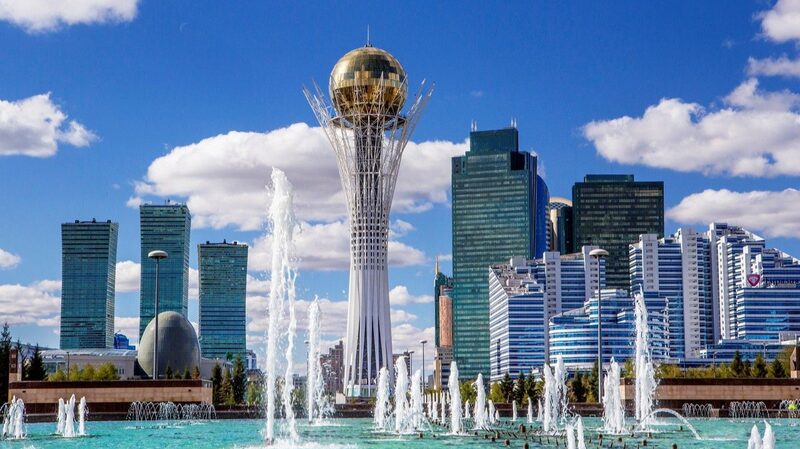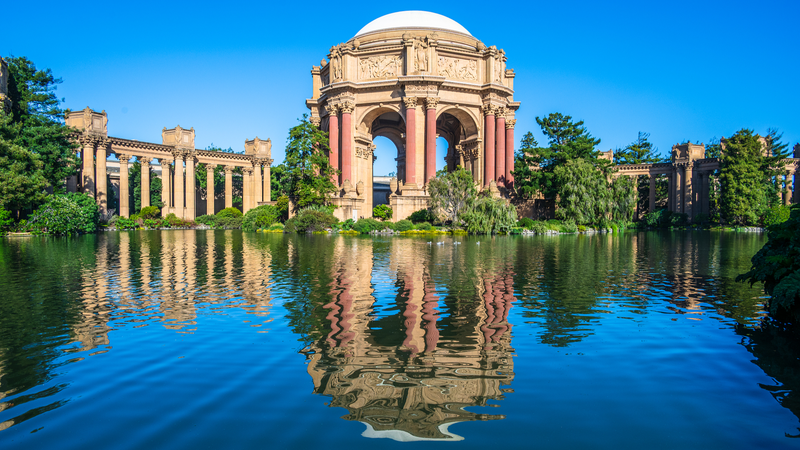As Expo 2025 prepares to launch in Osaka, Japan, with its theme ‘Designing Future Society for Our Lives,’ global attention turns to the lasting impact of World Expos beyond their six-month showcases. These events leave behind architectural marvels that redefine city skylines and cultural narratives—a legacy epitomized by Shanghai’s China Art Museum.
Originally the China Pavilion for Expo 2010, the museum now stands as one of Asia’s largest art institutions, blending tradition with modernity. Its crimson façade, inspired by ancient dougong interlocking wooden brackets, symbolizes prosperity in Chinese culture. Nearly 15 years after the Expo, the building continues to attract millions, offering exhibitions that bridge classical Chinese art and contemporary creativity.
For business leaders and investors, such Expo legacies highlight sustainable urban development opportunities. The museum’s adaptive reuse underscores China’s focus on cultural preservation amid rapid modernization—a theme resonating with global travelers and diaspora communities seeking connections to Asian heritage.
Expo 2025 aims to build on this tradition, with Osaka’s Yumeshima Island set to host innovations in green technology and social design. As nations converge to showcase progress, Shanghai’s iconic red structure serves as a reminder: World Expos don’t just predict the future—they shape it through enduring landmarks.
Reference(s):
cgtn.com
